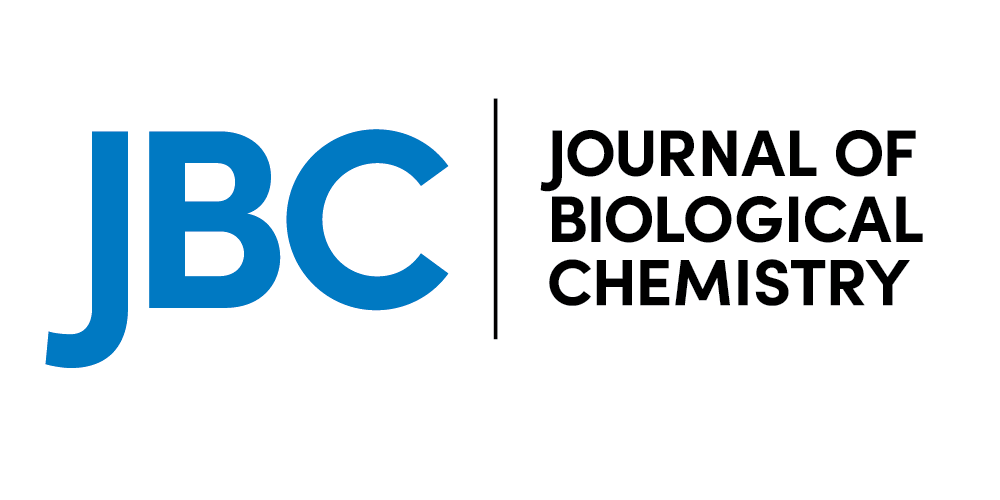
Eukaryotic initiation factor 2B (eIF2B) serves as a vital control point within protein synthesis and regulates translation initiation in response to cellular stress. Mutations within eIF2B result in the fatal disease, leukoencephalopathy with vanishing white matter (VWM). Previous biochemical studies on VWM mutations have illustrated that changes in the activity of eIF2B poorly correlates with disease seve rity. This suggests that there may be additional characteristics of eIF2B contributing to VWM pathogenesis. Here, we investigated whether the localisation of eIF2B to eIF2B bodies was integral for function and whether this localisation could provide insight into the pathogenesis of VWM. We demonstrate that the regulatory subunit, eIF2Bα, is required for the assembly of eIF2B bodies in yeast and that loss of eIF2B bodies correlates with an inability of cells to regulate eIF2B activity. Mutational analysis of eIF2Bα showed that missense mutations which disrupt the regulation of eIF2B similarly disrupt the assembly of eIF2B bodies. In contrast, when eIF2Bα mutations which impact the catalytic activity of eIF2B were analysed, eIF2B bodies were absent and instead eIF2B localised to small foci, termed microfoci. FRAP analysis highlighted that within these microfoci, eIF2 shuttles more slowly indicating that formation of eIF2B bodies correlates with full eIF2B activity. When eIF2Bα VWM mutations were analysed a diverse impact on localisation was observed, which did not seem to correlate with eIF2B activity. These findings provide key insights into how the eIF2B body assembles and suggest that the body is a fundamental part of the translational regulation via eIF2α phosphorylation.
Δεν υπάρχουν σχόλια:
Δημοσίευση σχολίου